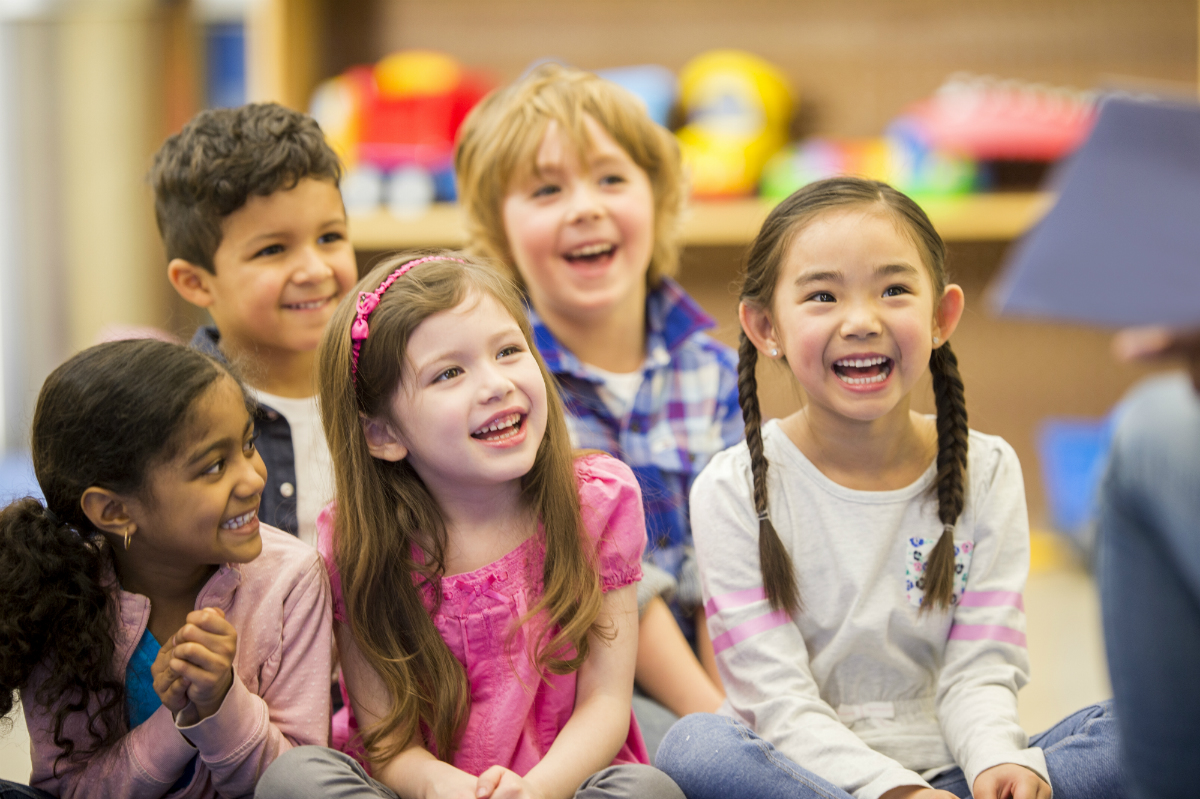State Superintendent of Public Instruction Tony Thurmond on Aug. 31 announced the California Bilingual Early Literacy Initiative, a $27 million digital literacy partnership that will provide free bilingual early literacy assistance to California children and families through interactive eBooks, songs and games in English and Spanish. This digital literacy partnership is part of the California Department of Education’s Statewide Literacy Campaign to help all California students arrive at school ready to learn and read proficiently by third grade.
The initiative is made possible by Footsteps2Brilliance, a preK through third grade literacy solution that utilizes mobile technology to connect school, home and the community for academic success. The organization already partners with many districts throughout the state.
“This will be a game-changer for the state of California, we have never offered this anywhere in the world,” said Footsteps2Brilliance Vice President Gregory A. Spencer. “In addition, this will be a model for the nation. All 40 million residents of California will have free access to this platform. As an organization, we believe in one thing, and that is making sure our children are on a pathway to lifelong success. This is a preemptive strike against illiteracy before our children come to school.”
Spencer explained that the gamification keeps young learners’ attention longer and the materials are aligned with the explicit instruction on the science of reading. It also caters to diverse learning styles and is aligned to the linguistic research and the organization’s seven strategies for English learner and emergent bilingual student success:
- Integrate meaning making, language development and foundational skills: Reading instruction is about more than the mechanics of decoding words. The central purpose for interacting with text is making meaning.
- Strengthen background knowledge: Research shows that the more a student knows about the topic of a text, the higher their comprehension.
- Develop oral language: For ELs, oral language learning accelerates literacy acquisition, particularly when they develop oral language that is connected to and aligned with their reading and writing program.
- Emphasize writing: All students, including ELs, need writing to help them learn about reading, and they need reading to help them learn about writing. Teaching ELs to be successful writers depends on quality instruction with appropriate scaffolding.
- Connect to what students know: Biliteracy research finds that bilingual learners who recognize, understand and can articulate the differences and similarities between their languages reach higher levels of academic achievement and higher levels of language development in both languages.
- Establish an assets-based orientation: Assets-oriented school climates and the use of culturally inclusive and relevant curriculum result in stronger academic outcomes, literacy engagement, and skills.
- Assess and differentiate: Because second language literacy is built on the bedrock of first language skills and understanding, it is important to assess and monitor each English learners needs and progress.
Spencer acknowledged Napa County Office of Education Superintendent Barbara Nemko as the first adopter of the Footsteps2Brilliance program, which she wrote about in CSBA’s summer 2019 California Schools magazine.
The CDE is working to roll out and build on the investments of $250 million in the 2021–22 state budget to fund literacy coaches and intensive literacy action plans in schools with low-income student populations and $15 million in one-time Proposition 98 funding to help 6,000 educators receive reading and literacy instruction certifications.





